How to create shadows, blend skin tone, understand value, and accurate proportions.
Drawing the Human face can seem tricky, but really it is very satisfying to do. Below is an example of the lessons taught to help more advanced students better understand how to draw the various parts of the face. Lessons are simplified enough for students to understand what they are drawing and what causes the parts of the face to look the way that they do. Have you ever wondered?
- Why is the upper lip darker than the lower lip?
- Where do you put the highlights on the nose?
- How do you get the pupil completely round?
- How do you make hair look soft?
- What are the differences when drawing an adult eye and a child’s eye or even an infants eye.
- How to you make skin look smooth?
Example of Shading
Here we learn the Five Elements of Shading on the Shading scale. We have Black, Dark Gray, Medium Gray, Light Gray and White. Using the 5 box scale of values can help you understand the darkness of the tone you will use when shading. You have your Cast Shadow, Shadow Edge, Half tone, Reflected light, and full light areas. 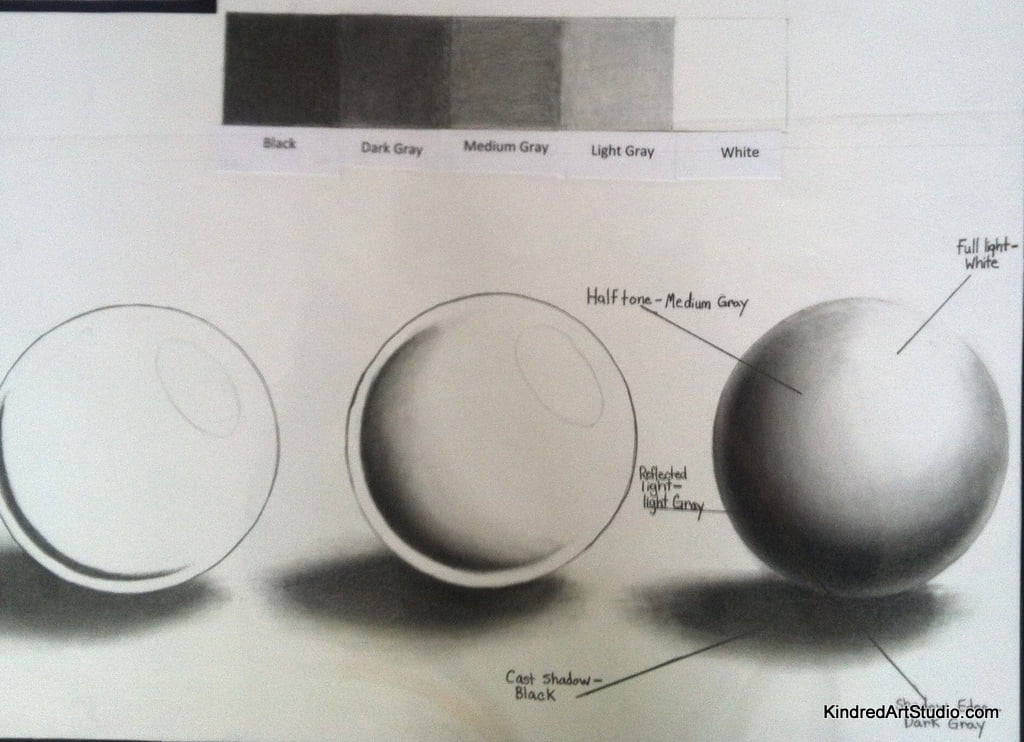
Example of how to draw the Eye
Learning to draw the eye is fundamental to a good drawing. It is probably many artists favorite part because the eye makes the picture. The eye tells us the emotion felt by the subject. The eye gives us a glimpse into the feeling and direction of interest. The basic structure of the eye is fundamental in creating realism. Learning those basic components will help the artist know what they are seeing and be able to add upon that knowledge and make that eye individual to the person, rather than “just” a generic eye. 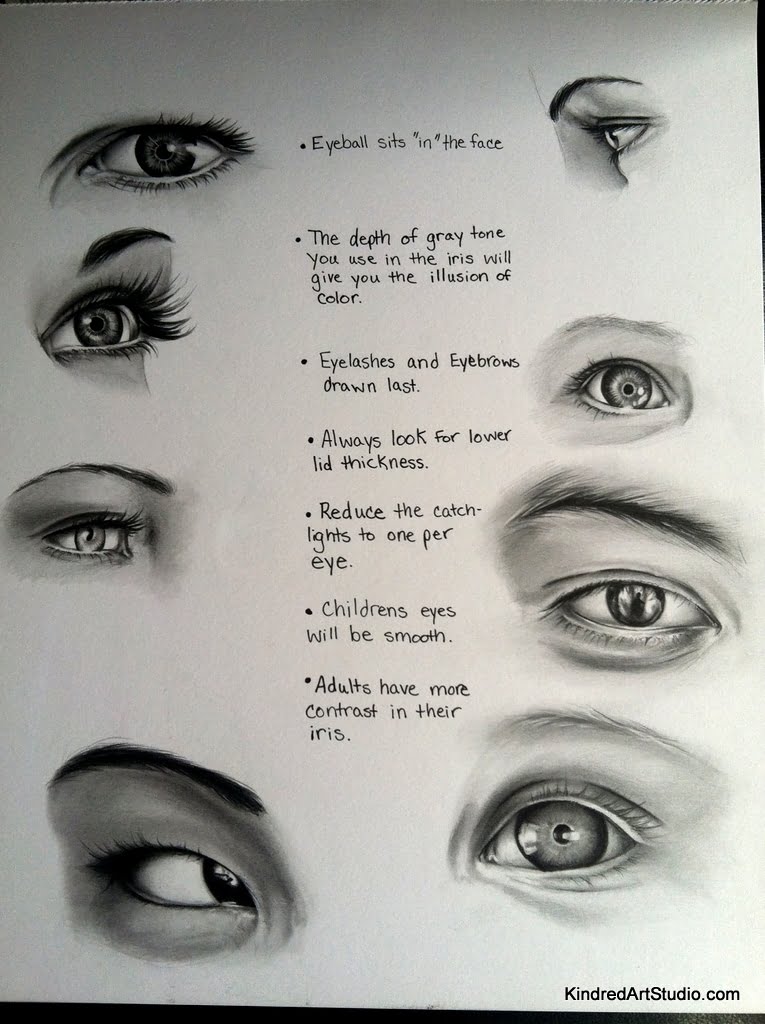
Example of how to draw the Nose
The nose is the center of the face and connects all the facial features together, this includes the length of the ears, width of the eyes and how far down we need to place the mouth. Learning how to draw a good nose will be much of what teaches us about the proportions of the head. The nose also teaches us much about shading and blending. We learn how to create cast shadows and Highlights and how to make the nose appear to be protruding.
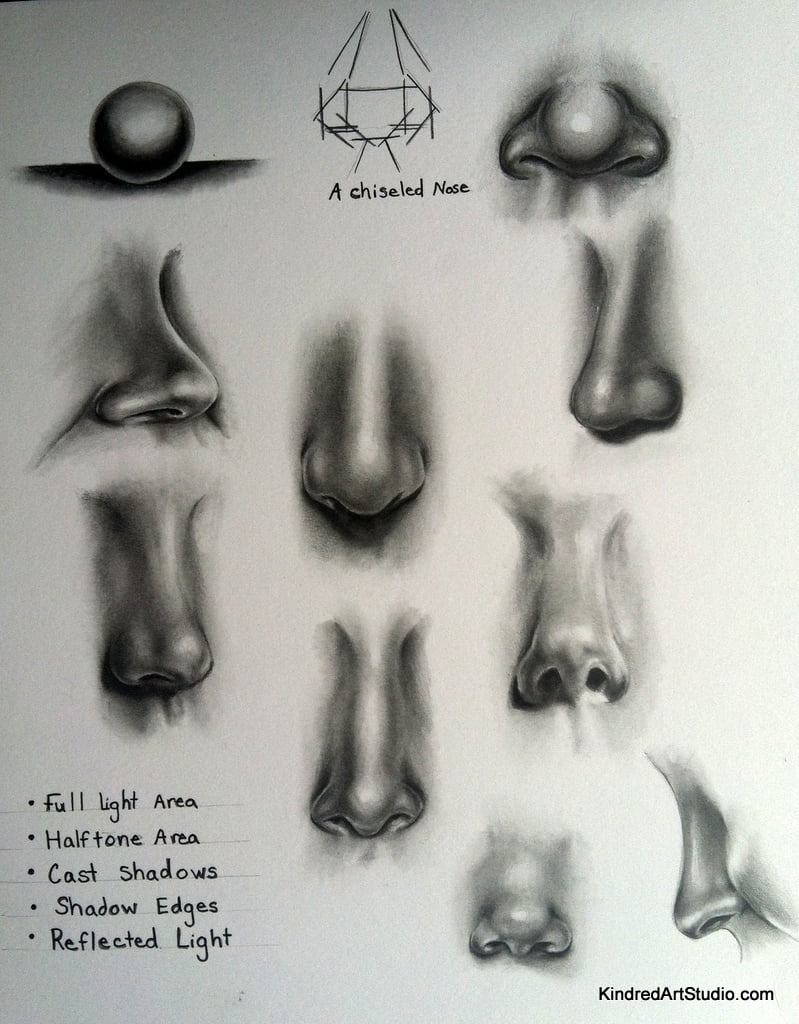 Example of how to draw the Mouth
Example of how to draw the Mouth
The mouth can be one of the more challenging facial features to draw, but also very rewarding. We will learn about the value scale in the mouth. How dark to make each lip on top and bottom. Where to put a shine to create the illusion of a moist lip. How to make teeth stand out in brightness while still shading them. Even though the lips are very rounded, there are many angles that are created by their shape, more so when the head is tilted in a specific direction. 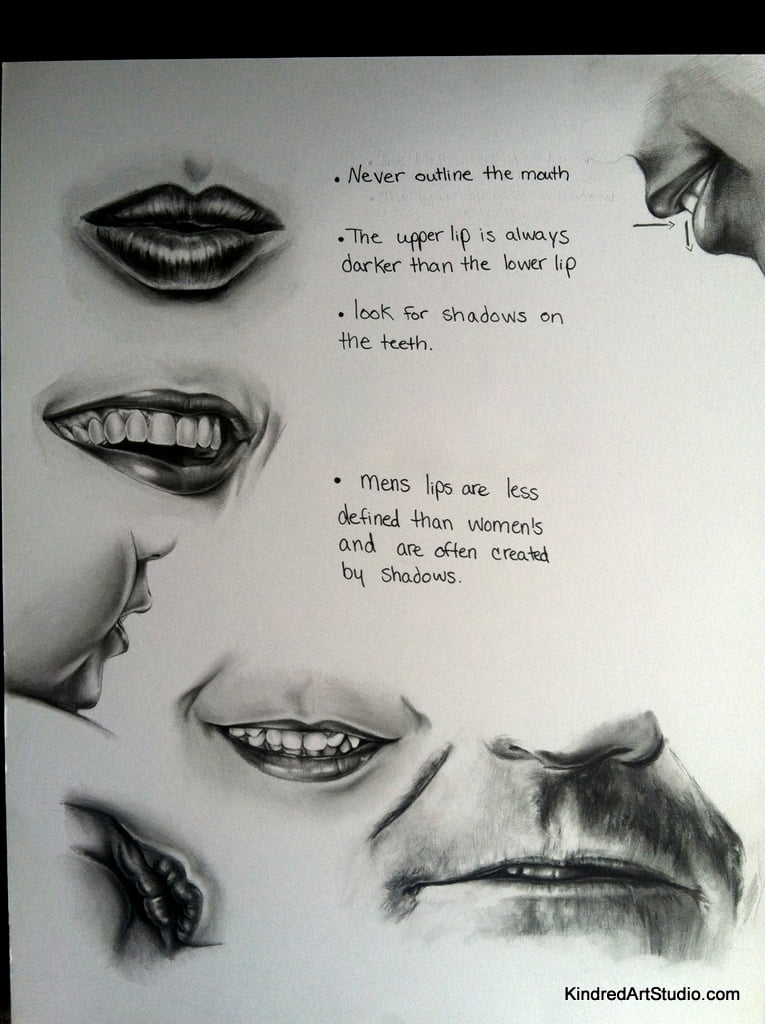
How to draw hair
Hair is usually the last part you will draw in a portrait. Hair says much about the person’s style and the environment around the person. Whether it be Formal or Casual, Direct sun light or the softer lighting indoors. When drawing hair we learn much about light and shadow. When light hits the hair directly we see a band of light. That band will always have a Mid tone and a Dark tone. The drawing of hair is basically a process of drawing the overall shape of the hair, placing your darkest darks, blending them out to halftone, pulling out highlights and doing that same process over and over until you are satisfied. 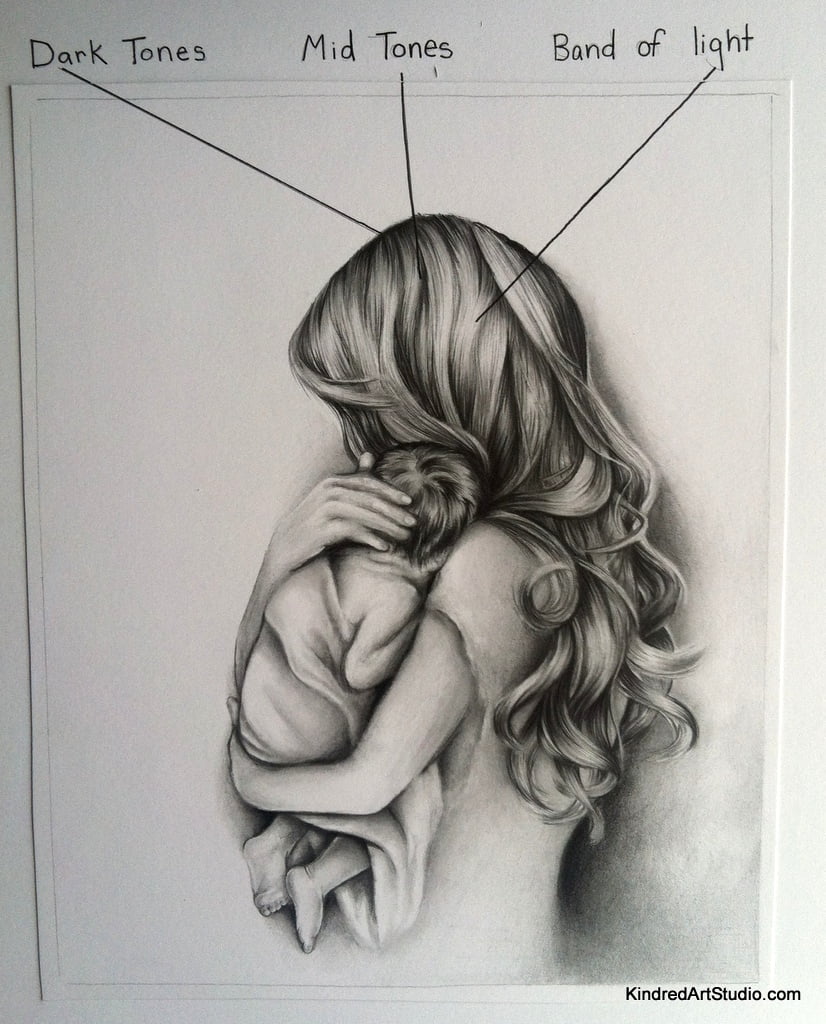
Put it all together and you have a Face!


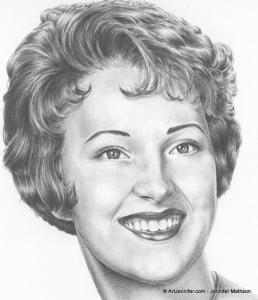
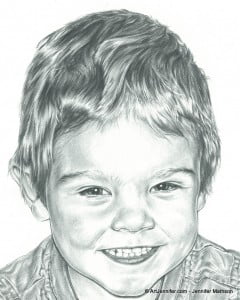 Drawing the face is all about learning the basic proportions of each facial feature how to shade and blend. Then you learn how to see what you are really seeing not what you think you are seeing. You then begin to add in the traits that make that person an individual.
Drawing the face is all about learning the basic proportions of each facial feature how to shade and blend. Then you learn how to see what you are really seeing not what you think you are seeing. You then begin to add in the traits that make that person an individual. 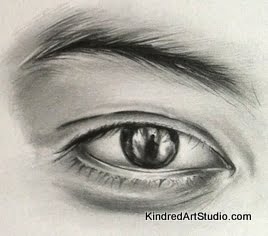
Resources
Some of the Bullet points come from Lee Hammond’s book, How To Draw Lifelike Portraits From Photographs